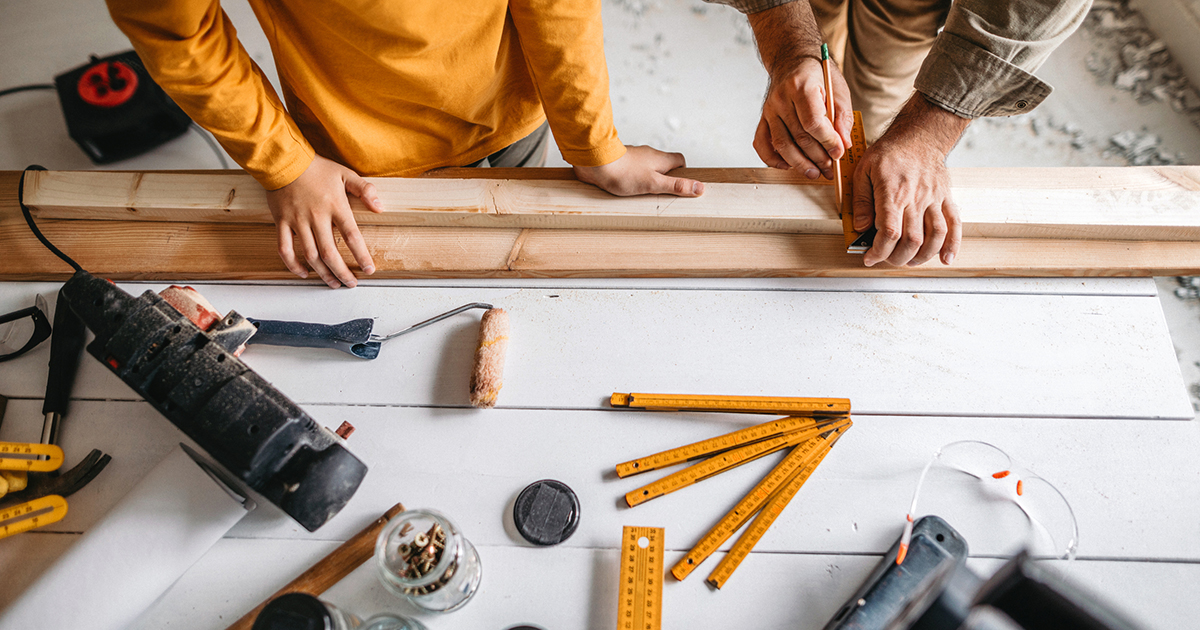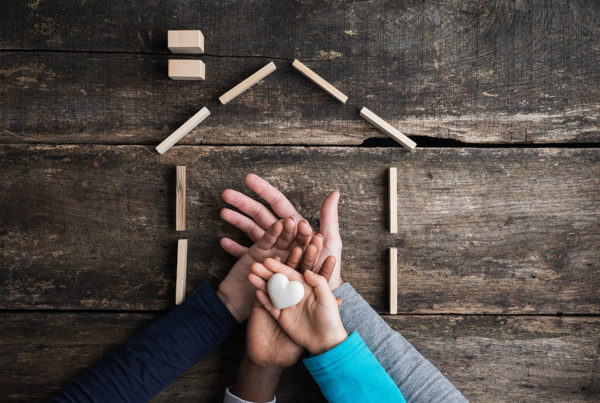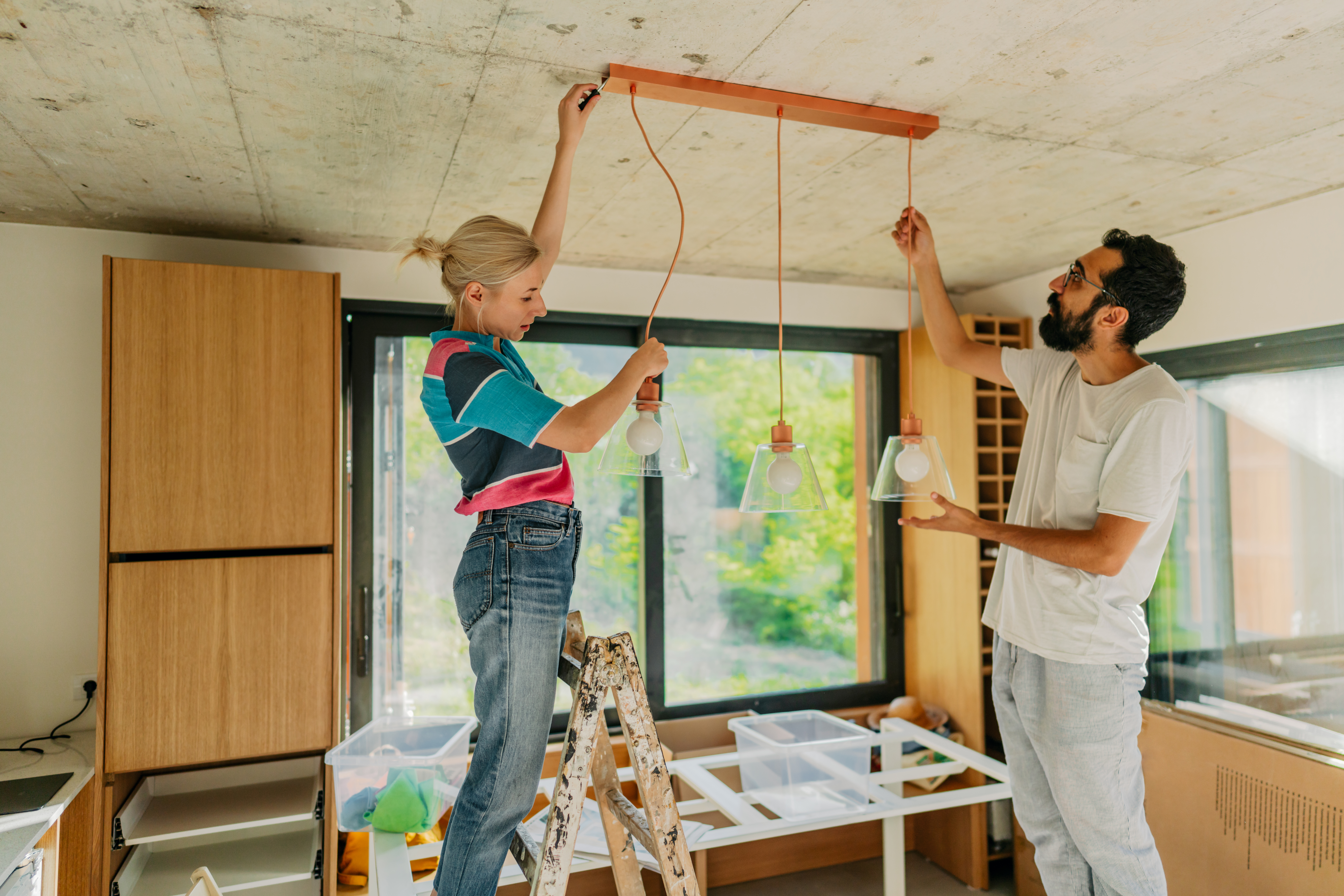We all do it. We dream of great ideas for home improvements, decorations and other DIY projects.
But before we know it, the list is miles long and the time to complete it is not nearly as lengthy (not to mention the budget isn’t there to support it).
When this is the case, how do you decide what should come first? How do you prioritize one project over another and use your time as efficiently as possible?
We’ve got you covered. Check out these tips to help prioritize and tackle all your dream DIY projects.
-
Consider seasonality
Here in the Midwest, we know what a harsh winter feels like. Rather than looking at the changing seasons as a limitation to your projects, use it as a guide to help prioritize.
We all know you won’t be working on updating your outdoor space in the middle of December, so push the outdoor projects to the top of your list while the weather is comfortable. Move the projects that can be completed inside lower on the list so you can complete them this winter.
-
Determine your DIY budget
Before you start tackling your list of projects, determine your budget. You may want to consider setting an annual or monthly budget for DIY projects, and then breaking it down further. (P.S. You can also set a savings goal within online banking for future home improvement projects and track your progress toward your goal.)
Estimate project-by-project how much each will cost and use your set budget to determine which projects will fit in the budget and which need to be set aside for now.
Once your budget is set, make sure you stick to it. While some DIY projects are relatively inexpensive, you don’t want to let one expensive project lessen your budget in other important areas of your life.
-
Know your skillset
While they may sound fun or interesting, some projects may be better left to the experts.
If starting a certain project is causing you stress or uncertainty, consider letting someone else tackle the project. If you start a project that you aren’t comfortable with and something goes wrong, it may cost you more to repair the damage later.
Even if the project is more expensive upfront, you may be saving money (and time) in the long run by avoiding something going wrong.
-
Put safety issues first
Many of your DIY projects may be more “want” than “need.” But when it comes to a safety issue, it should be addressed as soon as possible.
While other projects on your list may be more exciting, fixing cracks in your siding or a new lock on your door are much more pressing. Address safety issues before they lead to other, more costly problems.
-
Think about increasing your home value
Whether it’s relatively soon or sometime down the road, your home value will eventually be important when looking to sell. Depending on how much time you have before you make a major move like this, you may want to prioritize projects that will increase your home value. For example, something like a patio addition, while more expensive, will add more value to your home than re-painting a bedroom.
-
Make a physical list
When you don’t make a physical list of the projects on your DIY list, it can be easy to continue thinking of projects without addressing the need for each idea. Making a physical list and plan will help you stay on track and hold yourself accountable without creating a patchwork of incomplete work.
If you forget to write a project on your list, the project probably wasn’t something that should take priority anyway.
All these tips about DIY projects got you thinking about other areas of your home and personal life you’d like to improve? Check out our blogs on how to manage financial stress and tips for saving time on chores and errands.






 Federally Insured by NCUA |
Federally Insured by NCUA |  Equal Housing Opportunity |
Equal Housing Opportunity |